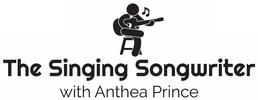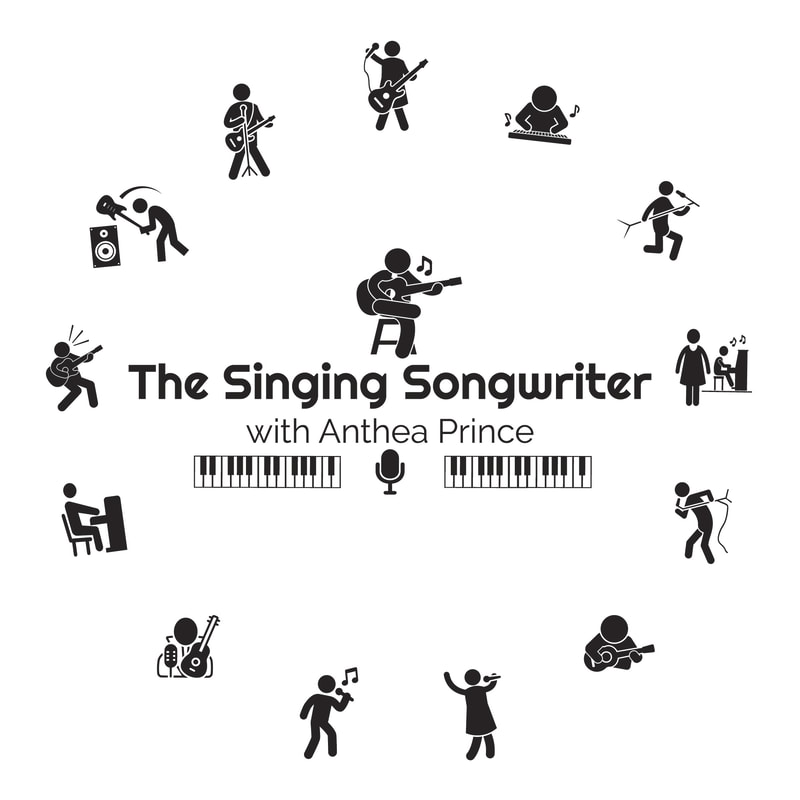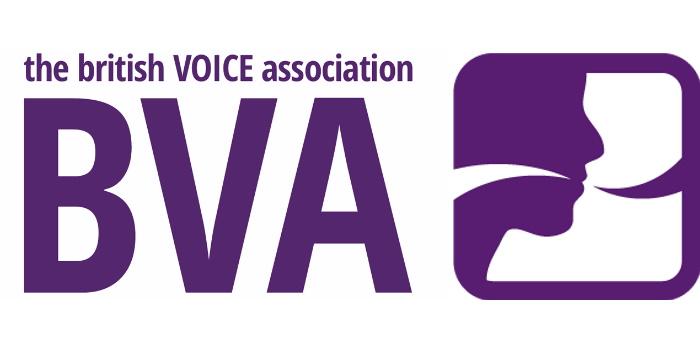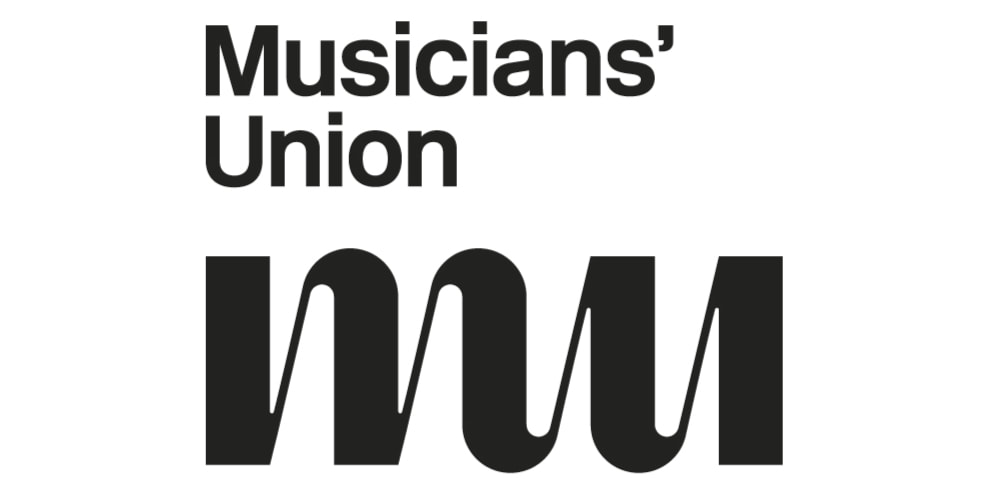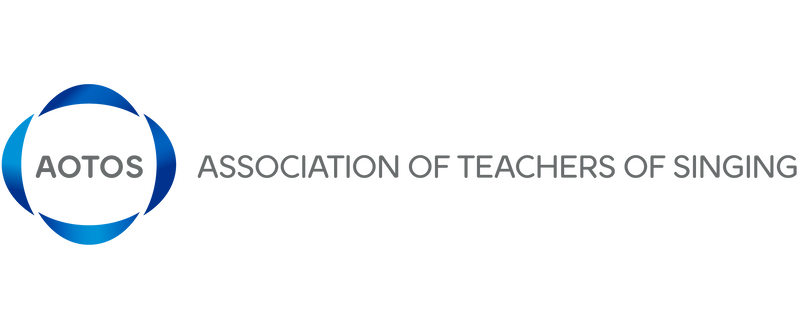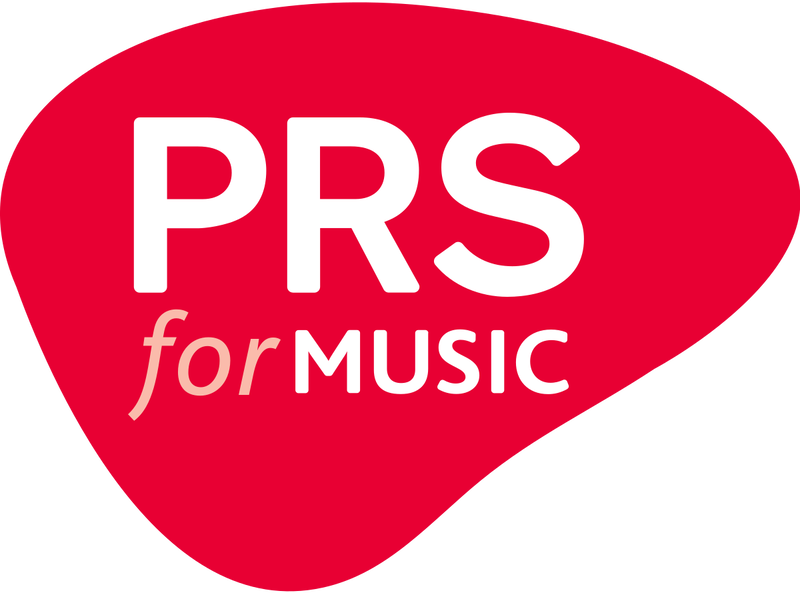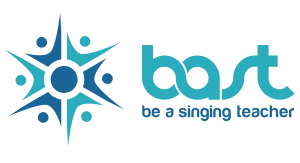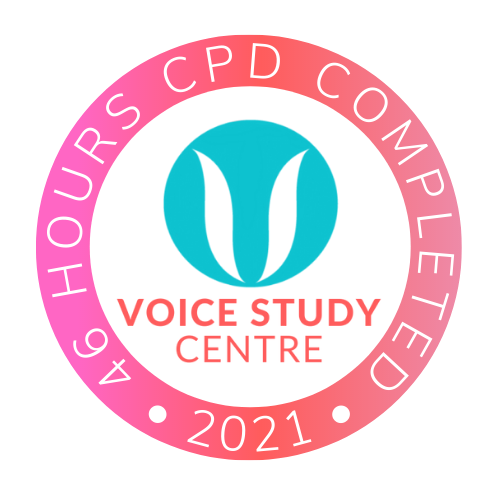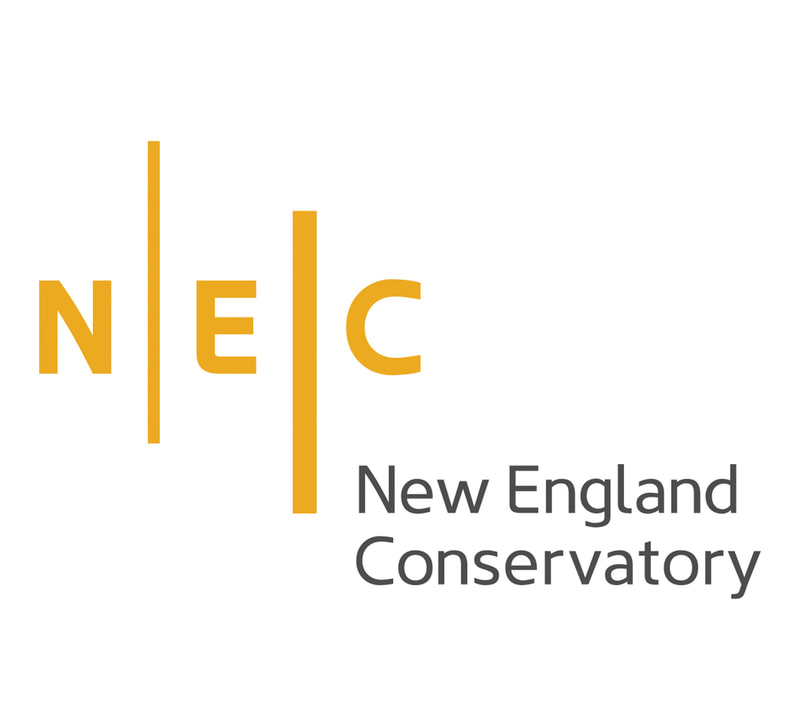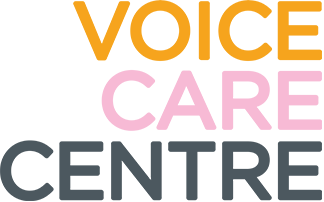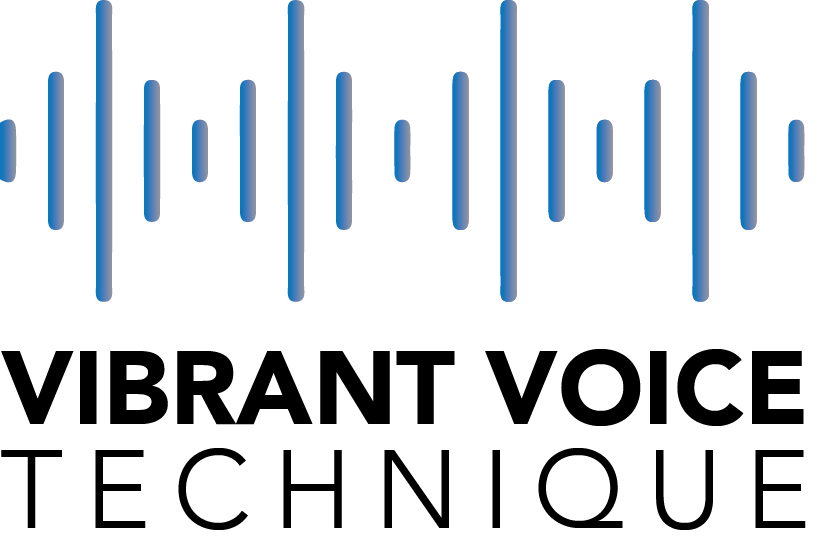Blog & Resources |
|
The very minimum you’ll need is a computer with a microphone and FarPlay (which is free to use) installed, a webcam and a pair of earphones or headphones; but for an optimal experience I recommend the following:
Andrea Stolpe’s online articles, YouTube channel and books – Popular Lyric Writing and Beginning Songwriting
Pat Pattison’s tips, videos and books, including Songwriting Without Boundaries and Writing Better Lyrics Songwriters on Songwriting – book by Paul Zollo Anthea Prince and The Singing Songwriter accepts no liability for the use of any information that follows, and the views expressed on third party websites and in third-party publications are their own:
The Naked Vocalist website, podcast and YouTube channel This Is A Voice podcast, YouTube channel and book by training providers Vocal Process The Thinking Voice podcast by training providers Vocal Health Education Singing Teachers Talk podcast by BAST A Voice and Beyond podcast by Dr Marissa Lee Naismith The Intelligent Vocalist podcast by John Henny Singwise YouTube channel by Karyn O-Connor Elissa Weinzimmer’s YouTube channel, founder of training provider Voice Body Connection Help! I’ve Got A Voice Problem book by Stephen King and Lydia Hart The Singing Self by Robert Sussuma Anthea Prince and The Singing Songwriter accepts no liability for the use of any information that follows, and the views expressed on third party websites are their own:
Recommended Equipment for Singers: For your own safety, please only use the following equipment after tuition from me or another experienced and well-trained singing teacher/vocal coach, or by carefully following instructions on how to perform the exercises safely from the manufacturers or originators of these methods. Injury may occur if exercises are performed incorrectly or equipment is used in an unsafe way. 1)Straws and other SOVT equipment Believe it or not, the humble drinking straw is a really useful tool for singers! I use them with singers very regularly, to do a category of exercises called “semi-occluded vocal tract exercises” or SOVT exercises. You can bring straws made of paper, metal, bamboo, silicone or any other material you may have. I recommend building a toolkit of various types and sizes of straws, and I’ll talk with you about how to use them and what difference the diameter makes (tip: avoid very narrow straws, especially when starting out). If you want to buy a straw specifically designed for singers, I recommend the RayVox SOVT Straw or Straw Pro which I personally use and love so much that I became an affiliate. So if you use my link to order the SOVT Straw, Straw Pro or the book “Singing Through a Straw Can Make You an Awesome Singer”, and make sure that the code ANTHEAPRINCE is entered and applied at checkout, you’ll benefit from a 15% discount and I’ll benefit from earning a small commission. The RayVox website also has other useful resources including a 2-minute video explaining how the straw works, access to a free 1 hour workshop, an opportunity to attend further training, and an overview of the scientific literature about why and how SOVTs work. Every purchase of the straw also comes with 30+ minutes of complimentary online training, audio tracks for exercises and more. A wider straw – 9-12mm diameter and around 35 cm long – is what I recommend for water-bubbling SOVT exercises, which are great for warming up, cooling down, and therapeutic use. You might have a wide smoothie straw etc. at home, or you might go to a hardware store and buy a length of silicone tube. The original, branded version of the wider straw is the silicone Lax Vox tube by Doctor Vox, which I personally use and recommend. It curves, which makes it ideal for water-resistance exercises without affecting posture. I also use and recommend other products by Doctor Vox, including the Voice-Mask Essential Set, the DC valve (which fits on the Voice-Mask or can be used alone), and the mouthpiece (which fits on both the Lax Vox tube and the tube that comes with the Voice-Mask). A similar (and cheaper) alternative to using the Doctor Vox Voice-Mask without water-resistance is to use an anaesthetic mask such as this one or similar. 2)Vibrating massagers I personally use the Vibrant Voice Technique because I’ve found it effective in reducing my own muscle tension which can cause vocal fatigue and potentially lead to other voice problems. The VVT is a specific approach and I strongly recommend signing up to the official online course [link to follow later] and following the safety recommendations in that. Please see the list of recommended devices on the VVT website and purchase one of these or similar if you want to use this technique. Always check with your doctor before using a vibrating massager, as there may be risks involved. 3)Nebuliser or steamer cup Some singers use a steamer cup to breathe steam from hot water through their mouth and nose, for topical hydration of the vocal folds and during recovery from colds and other upper respiratory tract illnesses. However, there’s debate amongst the voice professionals’ community about whether a steamer or a saline nebuliser is more helpful for voice users. Always consult a doctor before steaming or using a nebuliser. Vocal coach and trainer Chris Johnson has written a useful article about the benefits of nebulisers over steaming and what to put in a nebuliser, which I recommend reading. |
|
© The Singing Songwriter. Website by Pure Cornish Design
|
|
|
